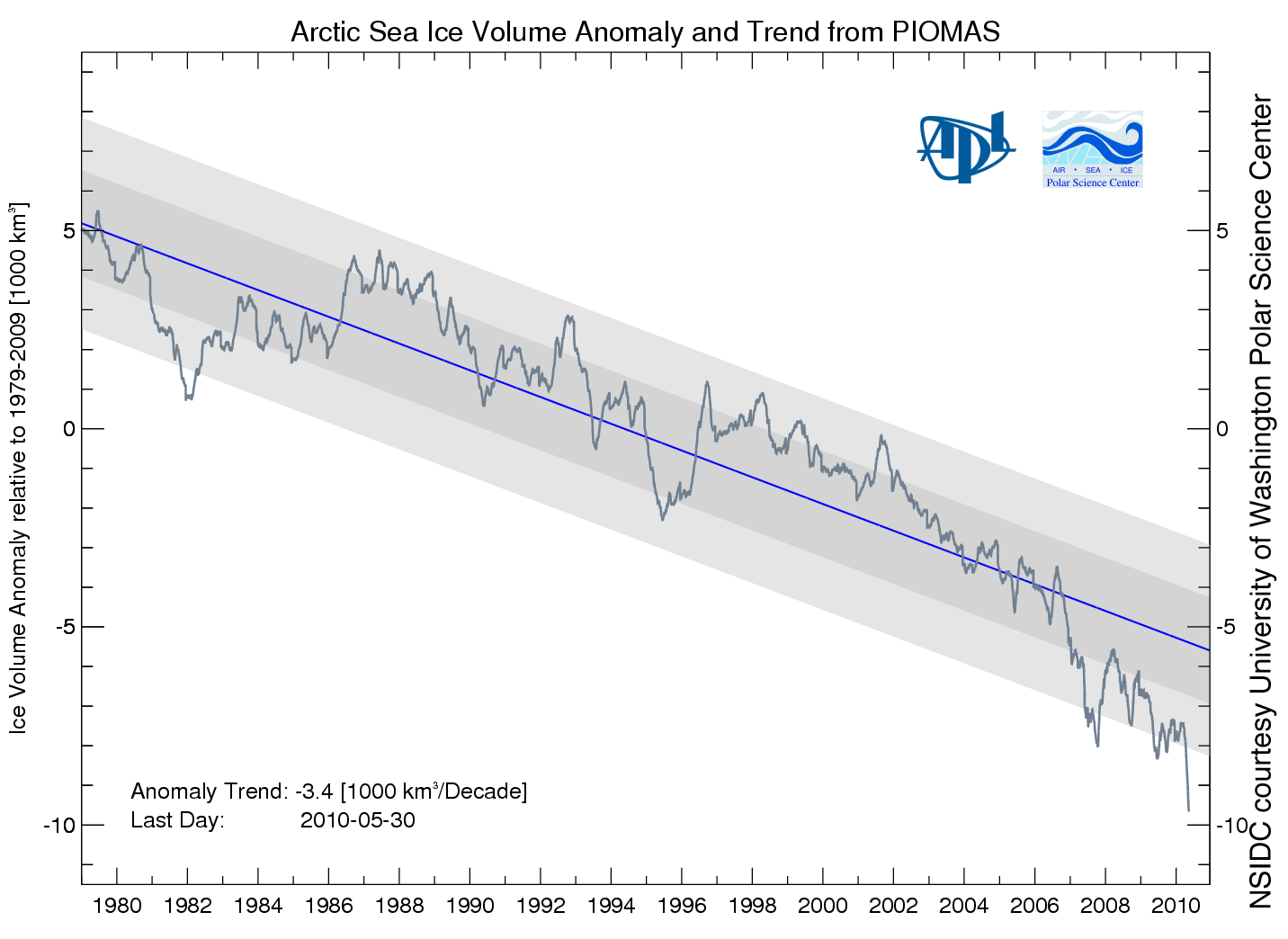Chalmers University of Technology introduces online climate model for public use.
We have built a simple climate model for online use, the Chalmers Climate Calculator. In the model the user can decide on when and how fast emissions of CO2 are reduced and what this emissions scenario implies in terms of CO2 concentration and global average surface temperature change. The climate sensitivity and the net aerosol forcing in year 2005 are also set by the user. Journalists, students, policy makers, and international negotiators, along with everyone else, can access the model at: www.chalmers.se/ee/ccc.
Example of questions that can be explored with the model:
• What temperature increase will we see by 2100, if we keep global emission levels at the current level, or if we cut emissions by 3% annually, starting now?
• What if we delay emission cuts for another 10, 20, or 30 years?
• How much does climate sensitivity matter to global warming?
• What if only developed nations cut emissions and developing nations don’t take any measures?
• How much and how quickly do developed and developing nations, need to cut emissions, respectively, to stay below the 2-degree limit?
• What role does deforestation play for atmospheric carbon dioxide levels and for temperature? How much will stopping deforestation matter to global warming?
Two region version of the model
In order to answer questions related to developed and developing nations, or questions related to deforestation, the 2-region version of the model must be used. It is available at www.chalmers.se/ee/ccc2.
Best regards!
Christian Azar & Daniel Johansson
Division of Physical Resource Theory
Department of Energy and Environmnet
Chalmers University of Technology

